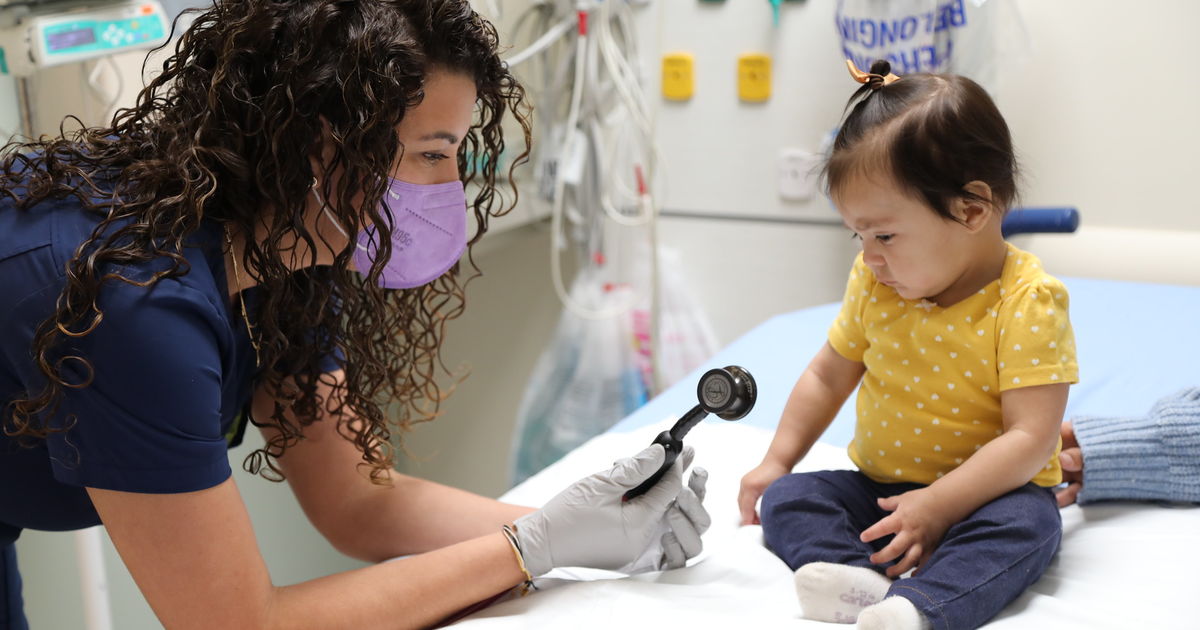The Rise of Digital Health Tools
The rise of digital health tools marks a defining shift in modern pediatrics. These tools include wearable devices, mobile apps, electronic health records (EHRs), remote monitoring systems, and telemedicine platforms designed specifically for children. Pediatricians now have access to continuous data on a child’s growth, sleep, and activity patterns, information that was once available only through periodic clinic visits. For example, smart thermometers and connected inhalers can transmit real-time health data to doctors, enabling early detection of illnesses or asthma attacks. In neonatal care, wearable sensors track premature infants’ vital signs with greater accuracy, reducing the need for invasive procedures. Similarly, digital growth trackers and developmental milestone apps empower parents to monitor their child’s progress and seek timely medical guidance. With electronic health records, long-term health data of each child can be preserved, enabling better history tracking of children with chronic health issues. The integration of these technologies allows pediatricians to identify red flags earlier, personalize treatments, and reduce unnecessary hospital visits. But it also demands a balance between convenience, accuracy, and responsible data use, a theme that runs through every innovation in health technology.
AI in Pediatric Diagnostics
One of the most transformative advances in recent years is the growing use of artificial intelligence in pediatric diagnostics. Artificial intelligence is enhancing doctors’ ability to detect and predict diseases in children by analyzing massive datasets faster and with high precision. AI algorithms trained on thousands of pediatric images and records can identify subtle abnormalities that might elude the human eye. In radiology, for instance, AI systems assist in detecting conditions like pneumonia, fractures, and brain abnormalities. In ophthalmology, AI helps screen for retinopathy of prematurity, a potentially blinding disorder in preterm babies, allowing timely intervention even in resource-limited settings. Machine learning models are also being used to predict outcomes in children with congenital heart disease, autism, or epilepsy. These tools not only help in early diagnosis but also in tailoring personalized treatment plans. Moreover, AI chatbots and symptom-checker tools are being developed to guide parents on whether a child’s symptoms warrant urgent medical attention. However, while AI holds great promise, it is not meant to replace pediatricians. Instead, it acts as a decision-support system, augmenting clinical judgment with data-driven insights. Human empathy and contextual understanding, especially critical in pediatrics, remain irreplaceable.Telehealth in Children’s Care
The COVID-19 pandemic accelerated the acceptance of telehealth in children’s care, transforming virtual consultations from a convenience into a necessity. Today, pediatric telehealth services enable families to consult doctors via video calls, share digital prescriptions, and even receive follow-up care from home. For parents, telehealth has been a boon, particularly in managing routine follow-ups, behavioral health consultations, or minor ailments that don’t require physical examination. Children with chronic illnesses such as diabetes, asthma, or epilepsy benefit from virtual monitoring, as doctors can track their condition through cloud-connected devices and make adjustments remotely. Schools and rural health programs have also embraced telepediatrics, bridging gaps in access to specialist care. Through remote consultations, a pediatric neurologist in a metro city can review scans, interact with the child and parents, and collaborate with local doctors for management, all within a secure online environment. However, despite its success, virtual care must overcome limitations such as unreliable internet access, limited physical examination capability, and the need for parental supervision during calls. Still, telehealth continues to redefine accessibility, offering families flexibility and continuity of care. A physical consultation should still be prioritized over teleconsultation, until distance or access to the expert is a barrier, or the doctor’s hospital suggests so for follow-up appointments.Early Identification of Autism and Other Mental Health Conditions
Parents and families often find it difficult to openly discuss concerns about their child’s mental health, including conditions like autism or other developmental challenges. Early identification can be challenging, but advancements in digital health tools are making this process more approachable and accurate. At Ankura and 9M by Ankura parents can use specially designed digital questionnaires in combination with advanced scanners available at the hospital. These tools allow subtle signs of developmental or mental health concerns to be detected early in a non-intrusive way. By leveraging digitalization, healthcare providers can identify children who may need further evaluation, enabling timely interventions and support. This approach not only eases the process for families but also ensures that children receive the help they need at the earliest possible stage, significantly improving long-term outcomes. Parents can opt to scan and fill out the questionnaire at their own discretion, with complete assurance of the privacy of data.Benefits and Limitations of Pediatric Technology
The benefits of integrating technology in pediatric care are evident and include:- Early detection
- Convenience
- Accessibility
- Improved patient engagement.
- Technical glitches
- Misinterpretation of app data
- Validation of digital tools- Not all health apps or wearables are clinically tested.
- Inaccurate readings leading to unnecessary anxiety or missed diagnosis
Parental Concerns and Privacy
While many parents welcome digital tools for their convenience, parental concerns and privacy issues also often exist. Children’s health data from vaccination records to behavioral assessments are highly sensitive. When stored or shared digitally, they must be protected under strict data privacy frameworks. Parents often worry about who can access their child’s health information, how it might be used, and whether it could be exploited by third parties such as insurers or advertisers. Transparency from healthcare providers about data handling and compliance with child-specific privacy laws is critical. There’s also the question of screen time and dependence. Excessive use of digital health apps or virtual sessions might inadvertently expose children to prolonged screen exposure, which itself can affect physical and mental well-being. Pediatricians, therefore, encourage balance, that is, leveraging technology for health benefits while preserving real-world interaction and play. Educating parents about data protection, consent, and safe digital practices is a key part of making pediatric technology sustainable and trustworthy. At Ankura, all digital records are strictly private.The Future of Pediatric Tech
As innovation continues to accelerate, the future of pediatric tech looks both exciting and transformative. In the coming years, we can expect to see:- Predictive analytics that anticipate illnesses before symptoms appear, using continuous data from wearables and environmental sensors.
- AI-powered developmental assessment tools that help track speech, motor skills, and learning milestones.
- Virtual reality (VR) is used in pediatric rehabilitation, pain distraction during procedures, and therapy for anxiety or phobias.
- Robotic surgery is designed for delicate pediatric procedures with higher precision and faster recovery times.
- Smart hospitals equipped with child-friendly digital interfaces, enabling seamless integration between patient data, AI analysis, and teleconsultation.
- Recent advancements in telesurgery now allow surgeons to perform complex procedures remotely using robotic systems, bridging geographical barriers and providing timely specialized care. Such innovations highlight the potential of technology to complement expert pediatric care in the future.
FAQ’s for How Digital Innovations are Transforming Pediatric Care: Telehealth, AI and Beyond
Technology is enabling faster, more accurate, and less invasive diagnostics in children. Tools like AI-assisted imaging, digital questionnaires, and telehealth platforms help detect conditions early, improving treatment outcomes.
Yes. Digital tools, including structured questionnaires and AI-assisted assessments, can help detect signs of autism, ADHD, and other developmental or mental health concerns early, allowing timely interventions.
Yes. Digital diagnostics are designed to be safe, non-invasive, and child-friendly. They complement traditional assessments and are increasingly validated for accuracy, especially when used alongside clinical expertise.
Early detection allows for timely interventions, reduces long-term complications, and supports a child’s overall development. Digital tools also make it easier for parents to discuss sensitive concerns without hesitation.
Ankura Hospital leverages digitalization in multiple ways to provide comprehensive and accessible pediatric care. Electronic health records (EHRs) ensure that a child’s medical history is securely stored and easily accessible for better continuity of care. Teleconsultations allow specialist pediatric care to reach families across different locations, making expert guidance more accessible. Advanced scans and digital questionnaires help parents comfortably and privately share concerns about mental health or developmental issues, enabling early detection and intervention. While Ankura continuously adopts newer technologies, the hospital emphasizes that these tools complement, not replace, the expertise, empathy, and personalized attention of our healthcare professionals.
Author: Pooja
https://www.ankurahospitals.com




